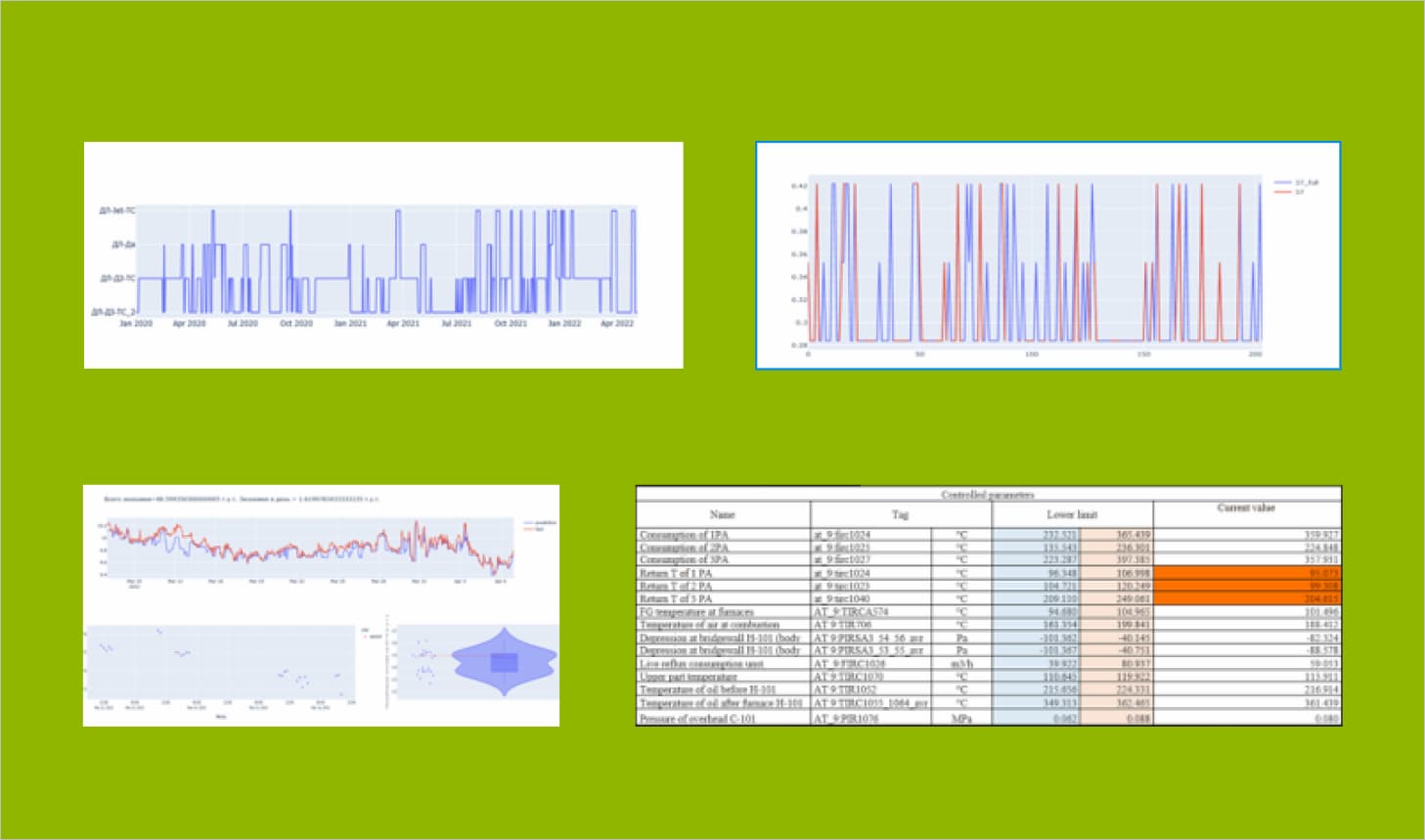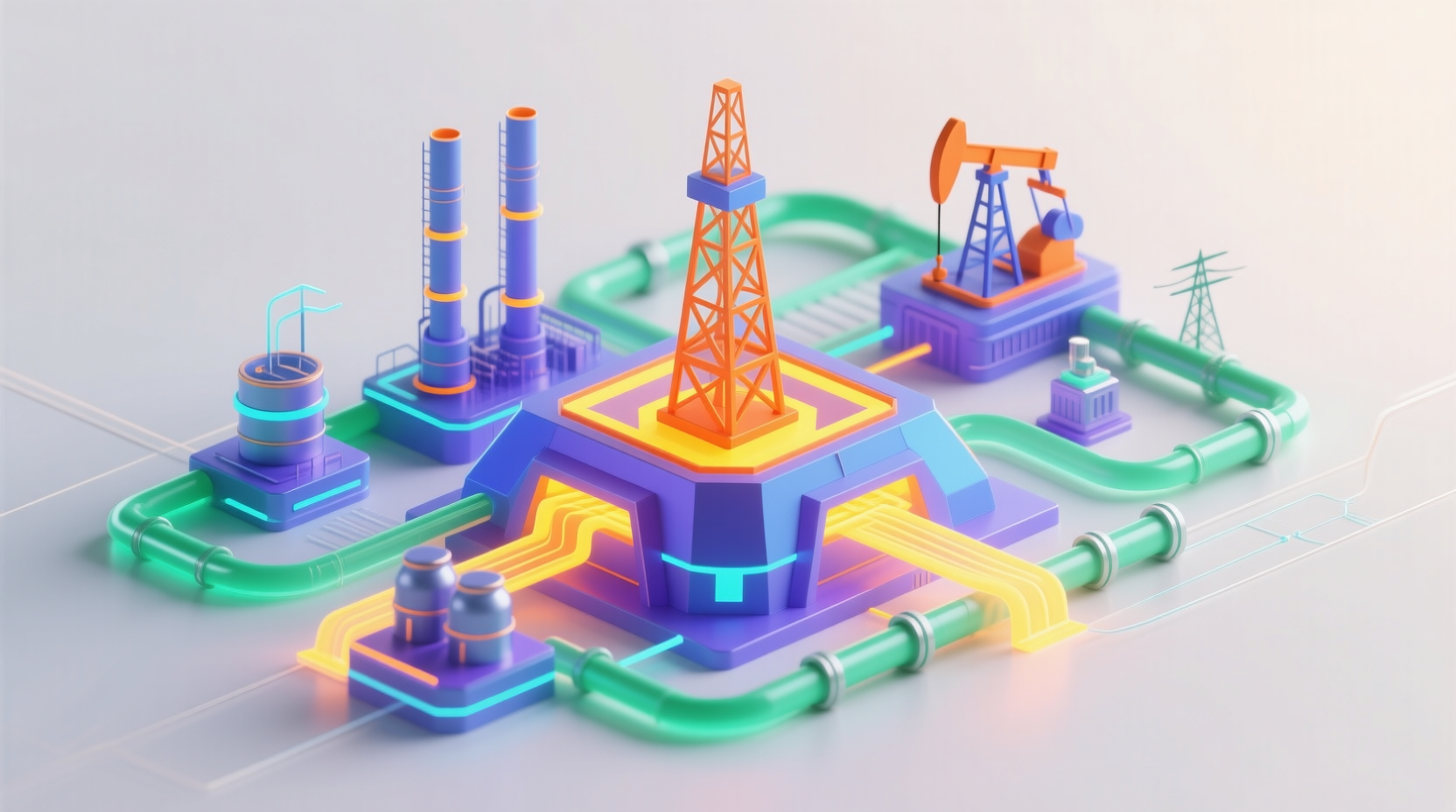Energy Consumption in Oil and Gas Industry.
Industrial energy management presents a significant challenge, particularly in manufacturing and processing plants. Meeting stringent baseline consumption and emission regulations, crucial for environmental compliance and economic sustainability, requires a sophisticated approach beyond rudimentary tracking methods. Simply monitoring energy usage isn’t sufficient; proactive optimization strategies are paramount. This necessitates a transition from reactive to predictive energy…
Industrial energy management presents a significant challenge, particularly in manufacturing and processing plants. Meeting stringent baseline consumption and emission regulations, crucial for environmental compliance and economic sustainability, requires a sophisticated approach beyond rudimentary tracking methods. Simply monitoring energy usage isn’t sufficient; proactive optimization strategies are paramount. This necessitates a transition from reactive to predictive energy management. Traditional methods often struggle to handle the complexity and scale of industrial energy consumption. Manual data analysis is time-consuming and prone to error, while relying solely on historical data fails to account for dynamic operating conditions and unforeseen events.
The introduction of Artificial Intelligence (AI) and Machine Learning (ML) offers a transformative solution. AI-powered energy-centered predictive maintenance systems leverage advanced algorithms to analyze real-time data streams from various sources, providing a holistic view of energy consumption patterns. These systems don’t just track energy use; they predict potential anomalies, equipment failures, and inefficiencies before they occur. This predictive capability enables proactive maintenance, minimizing downtime and preventing costly energy waste associated with inefficient operation. Furthermore, AI can identify optimal operating parameters for individual machines and processes, leading to significant energy savings. For example, in oil refining, AI can optimize the cracking process by analyzing real-time data on feedstock quality, temperature, pressure, and catalyst activity, dynamically adjusting parameters to maximize yield while minimizing energy consumption.

AI surpasses traditional methods by optimizing processes through sophisticated algorithms that analyze vast datasets encompassing historical production data, real-time sensor readings, market demand forecasts, and even external factors like:
- supply chain disruptions;
- efficiently allocate resources;
- predict potential failures;
- proactively adjust production schedules.
The integration of AI and ML into industrial energy management is a necessity.

Statistical Modeling of Oil Cracking Installations
AI can create sophisticated statistical models that accurately predict energy consumption based on various process parameters, allowing for optimized control strategies and proactive mitigation of energy-intensive anomalies.
Optimal Energy Consumption in Fractionation
AI can develop dynamic models for optimizing energy use in gasoline, diesel, kerosene, and fuel oil fractionation. This involves considering feedstock variability, product specifications, and energy costs, leading to significant reductions in overall energy intensity.
Fuel Consumption Forecasting
Accurate forecasting of fuel consumption is vital for efficient planning and resource allocation. AI-based models can integrate planned operational modes, historical data, and external factors to provide highly accurate predictions, enabling proactive adjustments to energy supply and reducing operational costs.
Identifying Best Practices
AI can sift through vast amounts of historical data to identify best practices in energy consumption, correlating them with specific production modes and operational parameters. This allows for the systematic replication of best practices across different units and facilities, driving consistent energy efficiency gains.
Addressing Measurement Anomalies
AI algorithms can detect and correct anomalies in data from measurement instruments, improving the accuracy and reliability of energy consumption assessments. This includes:
- identifying outliers;
- handling missing data;
- detecting sensor failures.
Virtual Metering for Raw Material Quality
AI can create virtual meters that estimate raw material quality and consumption, even in situations where direct measurement is impractical or unavailable. This allows for better control over the input materials and their impact on energy efficiency. These virtual meters leverage relationships between measurable parameters and raw material properties to generate accurate estimates.
Resource Consumption Model
As part of the project, a research analysis of data was carried out, parameters affecting energy consumption and quality characteristics of the energy resource were determined.
ML Model
- Based on the input quality of raw materials, create a model that, given fixed output qualities, determines how much gas needs to be burned (for example, how much gas needs to be burned to get these petroleum products). In this way, it is possible to predict how much gas is needed to process N quantities of oil.
- Recognition (detection) of the operating mode of an oil cracking unit ML model allowing to analyze oil cracking settings.
- Decision-making system support and decision-making system that allows you to reduce fuel consumption per day and improve the quality of production.

Optimal Furnace Control System Development
To develop a system for furnace control, in order to:
- increase furnace equipment efficiency;
- decrease furnace gas consumption.
Process of heating of oil, which passes through the furnace.
The increase in furnace efficiency due to depression control.
Based on elaboration of relations among various data:
- the thermomechanical calculation is performed;
- the machine learning model to predict furnace efficiency is implemented;
- the probability of potential for optimization of depression values in furnace sections is calculated.
ML Model:
- furnace section efficiency for various modeling depression values.
Result:
- The economic capacity of optimal furnace control system implementation is 1.41%.
